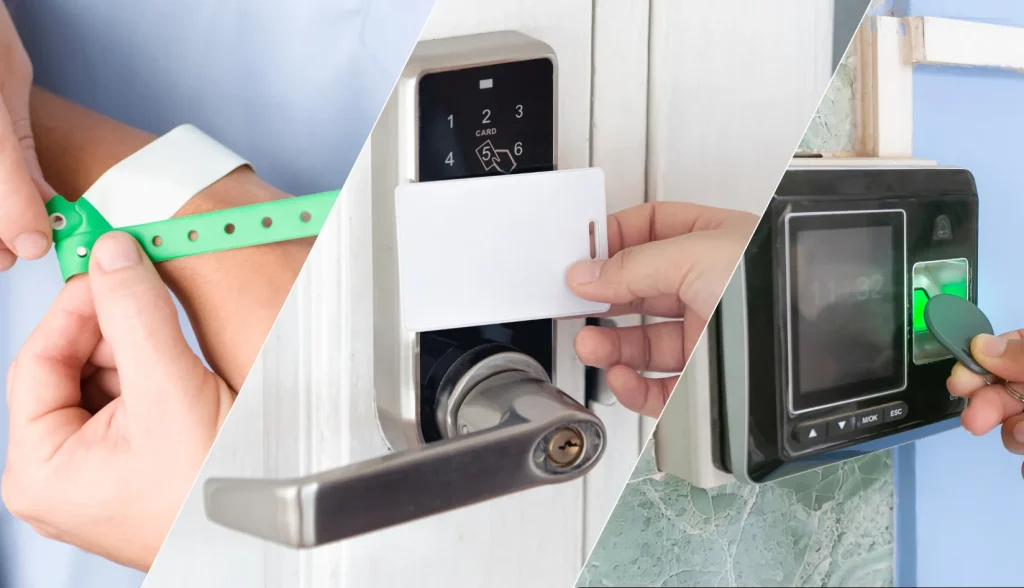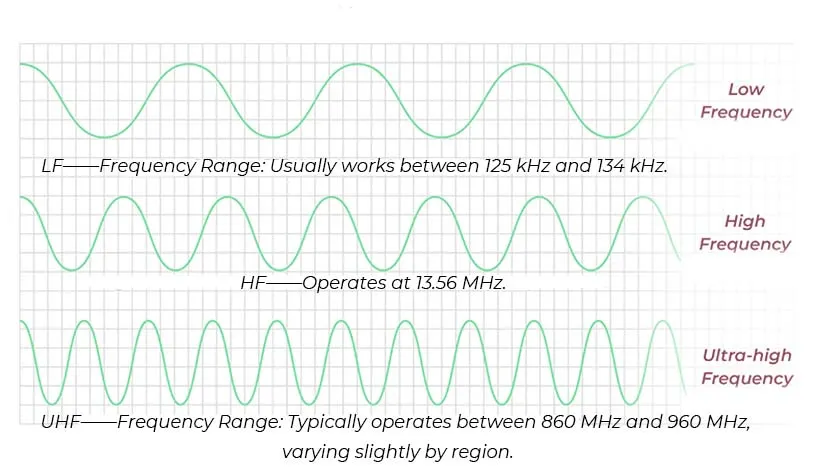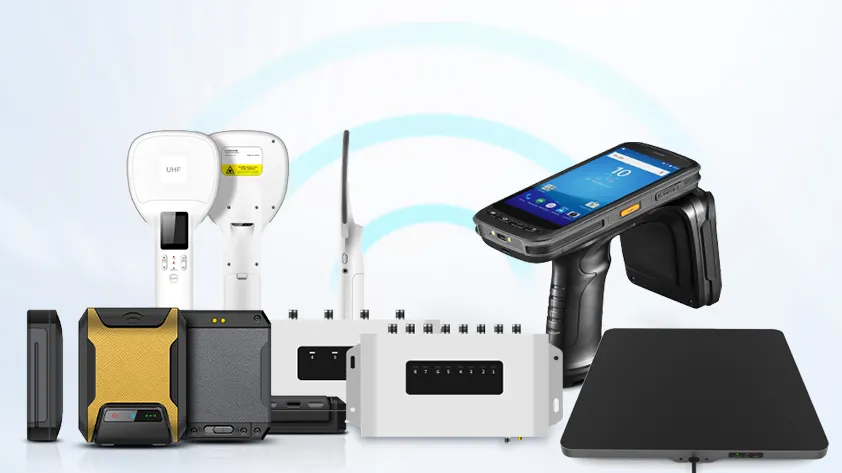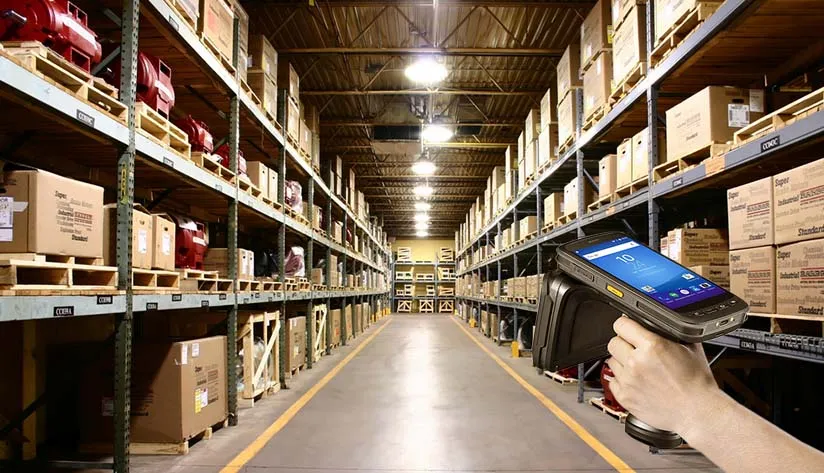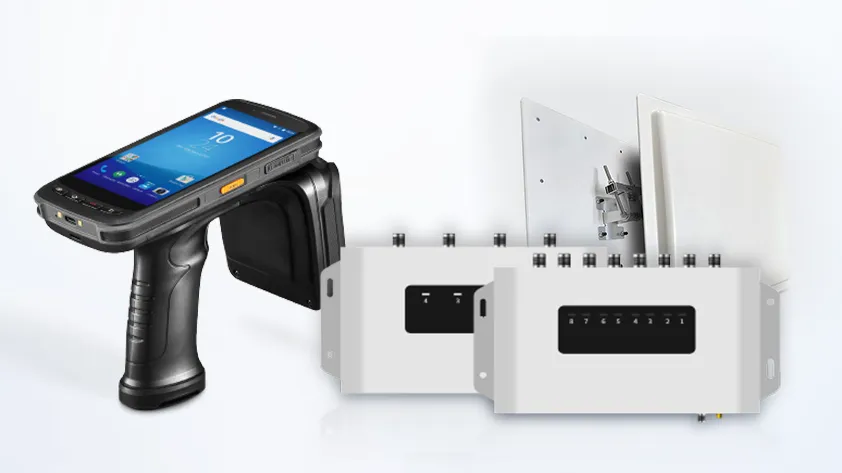Request error occurred:
Tag Archives: RFID applications
This post delves into RFID (Radio-Frequency Identification) technology, highlighting its revolutionary impact on various industries. It explains the fundamental types of RFID tags—active, passive, and semi-passive—along with their unique features and functionalities. The article emphasizes the advantages of RFID, such as enhanced inventory management, improved accuracy in tracking assets, and increased efficiency in operations. By exploring the diverse applications of RFID technology, the post showcases its potential to streamline processes and drive innovation across sectors, making it a crucial tool for modern businesses.
This post provides a comprehensive overview of RFID (Radio Frequency Identification) frequencies, detailing their distinct characteristics and practical applications. It highlights the advantages of different frequency ranges, such as low, high, and ultra-high frequencies, and how these affect read ranges, data transfer rates, and environmental adaptability. The article also underscores the technological advancements that enhance RFID efficiency and reliability, making it a vital tool in various sectors, including logistics, retail, and healthcare. Overall, it emphasizes RFID’s transformative potential in streamlining operations and improving inventory management.
The post “RFID Antenna Power IoT Connectivity: Unleashing the Driving Force” explores the transformative impact of RFID technology on IoT connectivity. It highlights key features such as enhanced data transmission, real-time tracking, and streamlined operations. The advantages of implementing RFID antennas include improved efficiency, cost reduction, and increased accuracy in asset management. Unique aspects of the technology include its scalability and compatibility with various IoT applications, making RFID a vital component in modern connectivity solutions. Overall, the post emphasizes RFID’s role as a driving force in advancing IoT capabilities.
This post explores the diverse range of RFID readers, detailing their operational distances and capabilities. It highlights key features such as frequency types (low, high, and ultra-high frequency), read ranges, and form factors. The advantages of RFID technology, including efficiency in inventory management and real-time tracking, are emphasized. Readers will also discover the unique qualities of various RFID readers, showcasing their applications across industries from retail to logistics. The article ultimately aims to provide a comprehensive understanding of how different RFID readers can enhance operational efficiency and improve asset management.
In the post “How to Choose the Right RFID Reader for Efficient Warehouse Management,” readers are guided through the essential criteria for selecting the most suitable RFID (Radio Frequency Identification) reader to enhance warehouse operations. Key features highlighted include reading range, data processing speed, and compatibility with existing systems. The post emphasizes the advantages of improved inventory accuracy, reduced manual labor, and streamlined workflows that come with the right RFID reader. It also discusses distinctive qualities such as durability for harsh environments and user-friendly interfaces, ensuring efficiency and reliability in warehouse management. By making an informed choice, businesses can significantly boost their operational effectiveness and inventory control.
This post explores the innovative use of RFID LED tags to enhance inventory management and logistics efficiency. It highlights how these tags leverage radio-frequency identification technology combined with LED indicators to provide real-time visibility of inventory status. Key advantages discussed include improved tracking accuracy, reduced operational costs, and streamlined workflows. The article emphasizes the distinctive qualities of RFID LED tags, such as their ability to illuminate for quick identification and the integration potential with existing systems, making them a powerful tool for businesses aiming to optimize their supply chain processes.
This beginner’s guide to RFID in asset tracking explores the transformative advantages of RFID technology for enhancing efficiency and security in inventory management. Key features include real-time tracking, automated inventory updates, and improved accuracy, which collectively minimize losses and streamline operations. The post highlights how RFID systems reduce manual errors, offer robust data insights, and enhance asset visibility, making them an essential tool for businesses looking to optimize their asset management processes. Distinctive qualities of RFID include its scalability and adaptability, making it suitable for a variety of industries while ensuring an overall boost in operational productivity and security.
Discover the transformative potential of RFID on-metal tags in the latest post, “Unlocking the Power of RFID On-Metal Tags: Benefits and Applications.” This article highlights the unique ability of these tags to operate effectively on metal surfaces, overcoming common challenges faced by traditional RFID solutions. Key advantages include enhanced durability, improved read ranges, and versatile applications across industries such as manufacturing, logistics, and asset tracking. The post emphasizes how these innovative tags can streamline processes and provide real-time data, ultimately leading to increased efficiency and productivity in operations. Explore the future of tracking and inventory management with RFID on-metal tags!
This post explores the key differences between internal and external antennas in RFID readers. Internal antennas are compact and ideal for space-constrained environments, offering ease of installation and maintenance. They provide sufficient range for many applications but may experience limited performance in challenging environments. In contrast, external antennas are versatile and can be positioned for optimal signal strength, making them suitable for larger or more complex RFID deployments. They provide enhanced read range and directionality, allowing for better performance in diverse settings. The article highlights the advantages of each type, helping businesses choose the right antenna based on their specific needs and operational environments.

